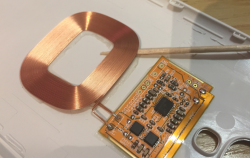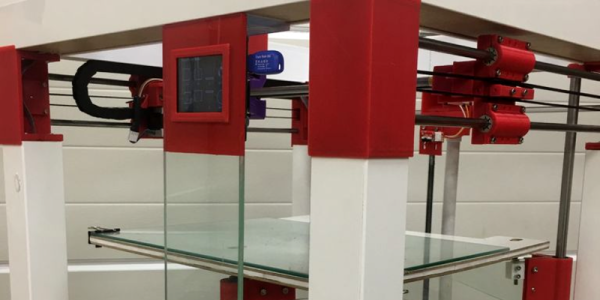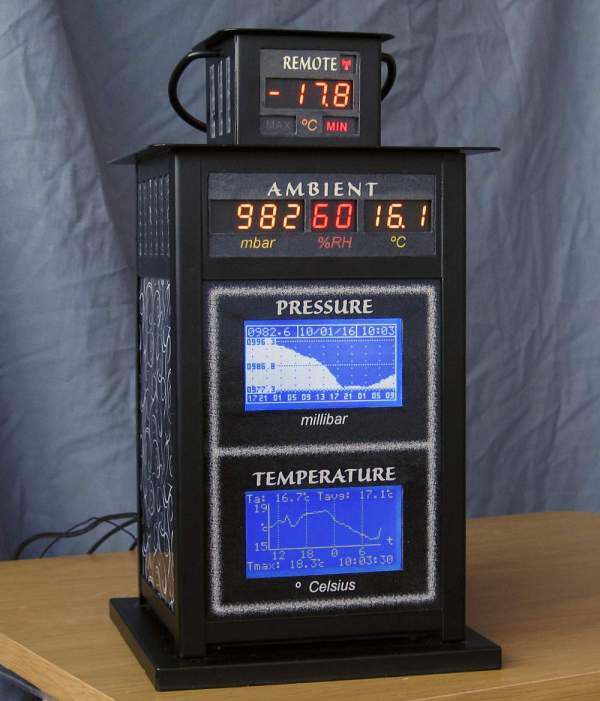A frequent early project for someone learning to use a microcontroller such as an Arduino board involves hooking up a temperature sensor and an LCD display to make a digital thermometer. Not many components are involved, but it provides a handy practical introduction to interfacing peripherals. Once you’ve passed that step in your tech education, do you ever return to thermometers? Probably not, after all what can you add to a thermometer but a sensor and a display?
Perhaps if you have asked yourself that question you might be interested in [Richard Stevens]’s thermometer project, as he refers to it, a Comfort Thermometer Display. It takes the form of an Ikea Ribba frame inset with 517 LEDs arranged as a central set of seven segment displays, a ring of bar graphs, and an outer ring of RGB LEDs. Behind the scenes is a mass of cabling, and four shaped pieces of stripboard to fit the area around the LEDs. The display cycles through readings for temperature, heat index, and humidity.
Powering it all are a brace of microcontrollers: an ATMega328 for the 7-segments and a range of PICs controlling the bar graphs and RGB LEDs. Another PIC handles RF communication with the sensors, which are housed in a remote box. We’ve embedded the video of the device in operation below the break, and we’re sure you’ll agree it’s an impressive piece of work.
Continue reading “Comfort Thermometer With Impressive LED Display”


















